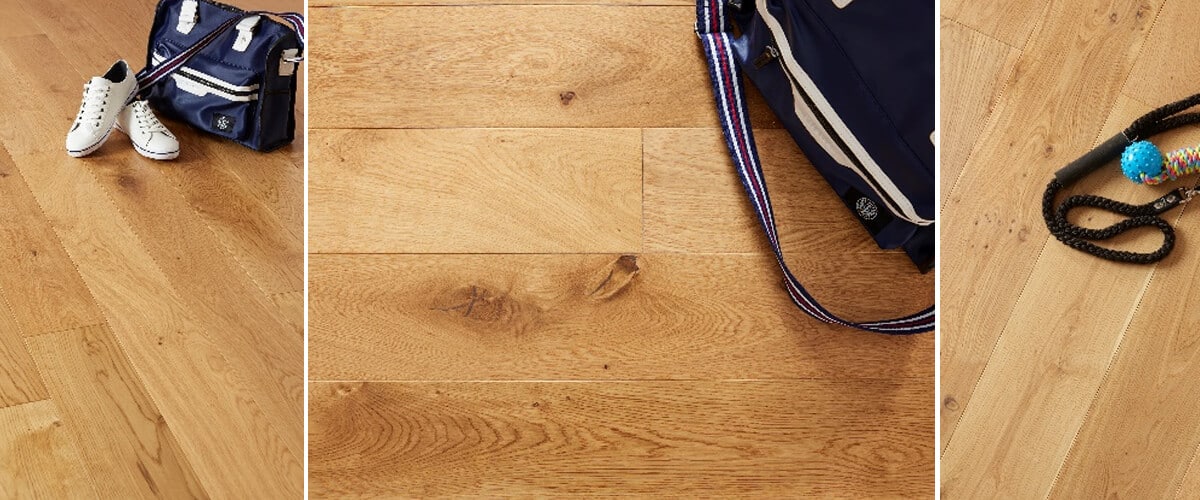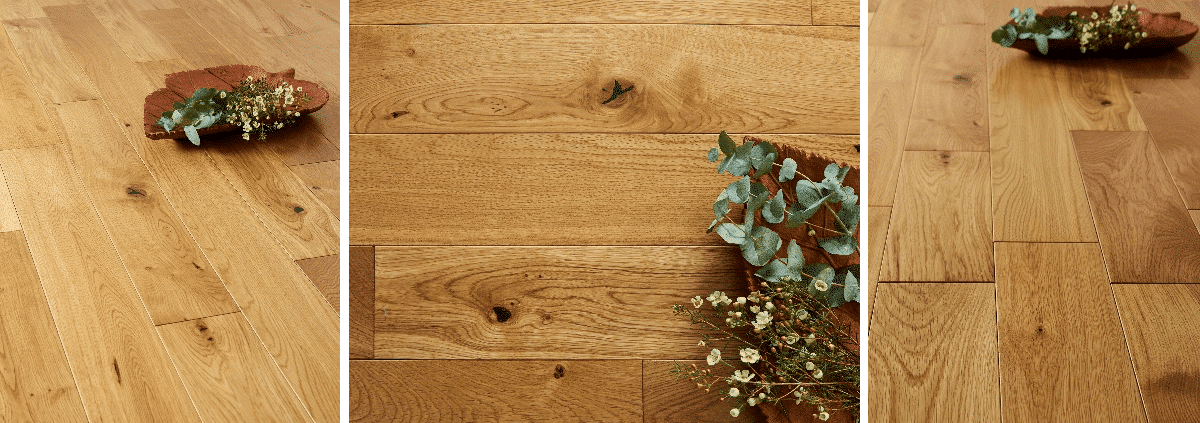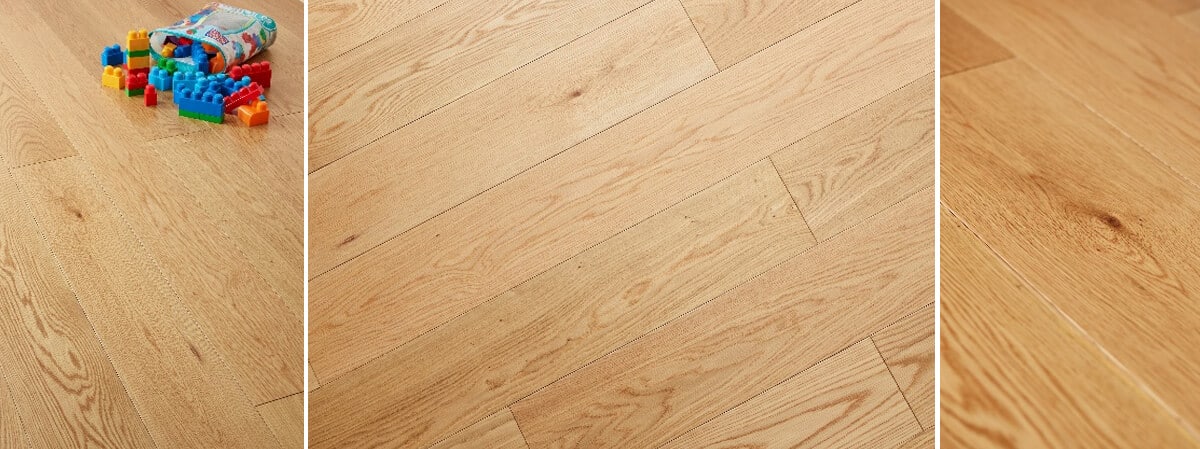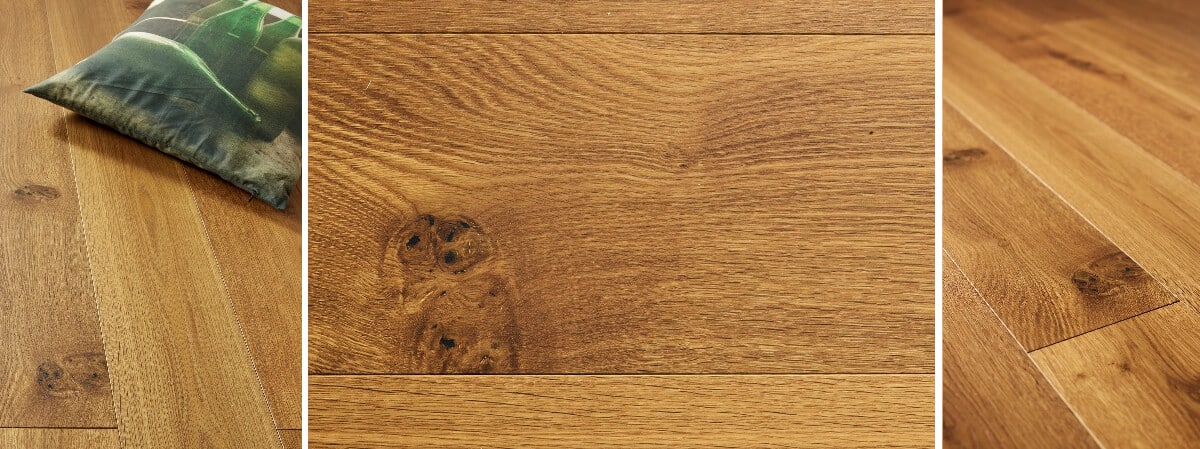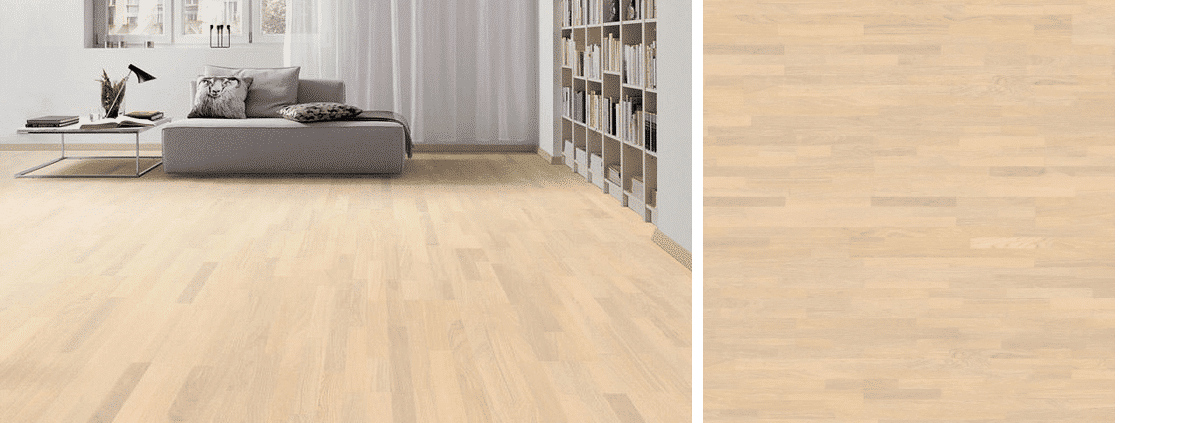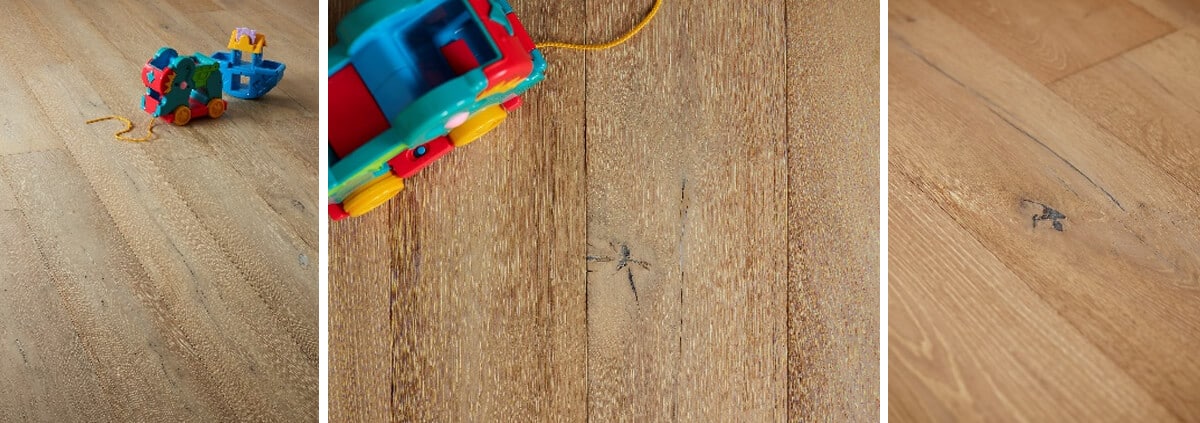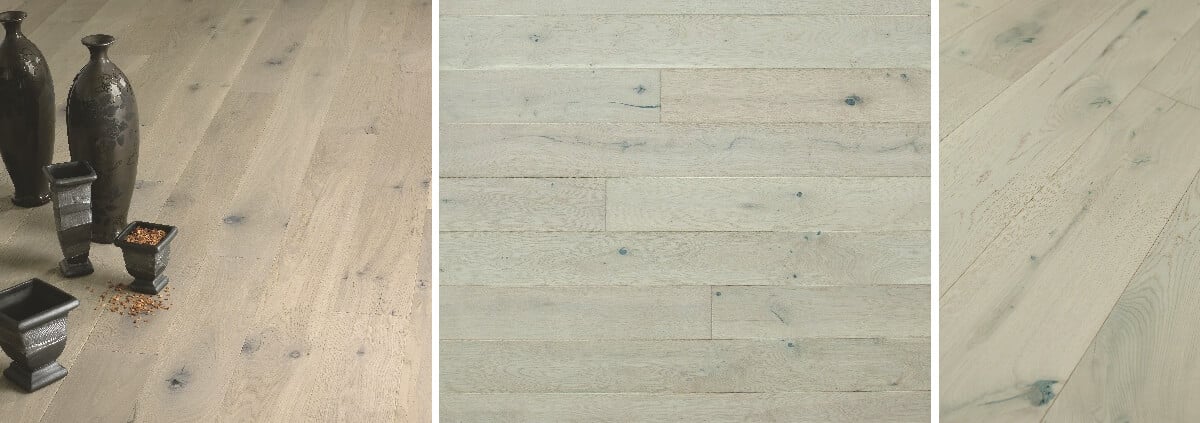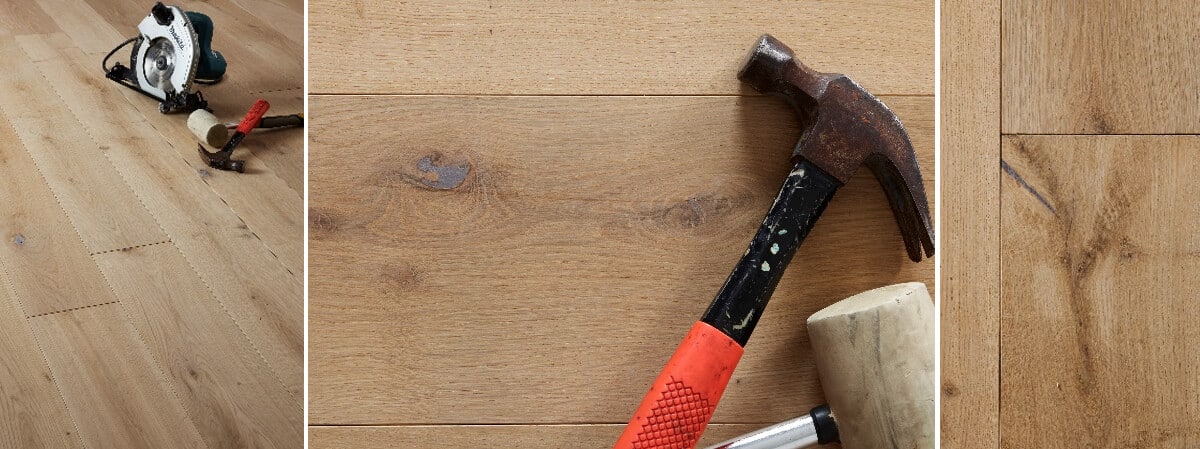hardwood floor varnish repair: 7 quick fixes for flawless finish
Hardwood Floor Varnish Repair: A Comprehensive Guide for Lasting Shine
Nationwide Hardwood Flooring Company, tel 07940 528 315, email: enquiries@nhfcompany.co.uk, offers expert guidance on hardwood floor varnish repair to restore beauty, durability, and value to your floors. This guide covers practical repair techniques, when to call a professional, and how to choose the right products for your specific hardwood floor type. For those looking to upgrade or install new floors, explore our wooden floor installation service for tailored advice and solutions.
Why Varnish Maintenance Matters for Hardwood Floors in the UK
Hardwood floors age gracefully but accumulate wear patterns, scratches, and dullness from daily traffic, pets, and humidity changes. In the UK climate, protective varnish layers are essential to counter moisture fluctuations and UV exposure. Regular inspection helps identify issues early and extend the life of your floor. For homes considering a patterned finish, browse our range of herringbone multi-ply flooring options for durable, stylish choices that resist everyday wear.
Assessing Your Floor: Signs That You Need Varnish Repair
- Fading or yellowing gloss on high-traffic areas
- Scratches, clouding, or white rings around furniture
- Discoloration from spills or heat exposure
- Peeling or flaking varnish near doorways or kitchens
- Soft spots or delamination indicating moisture ingress
Preparation Steps Before Varnish Repair
- Clean the floor thoroughly to remove dust, dirt, and grease using a non-residue cleaner designed for hardwoods. Our blog features detailed guides on the best cleaning products for various wood finishes.
- Inspect for loose boards and secure any nails or fasteners to prevent telegraphing through the finish.
- Sand only when necessary and within the grain to avoid removing too much wood area. For engineered options easier to refinish, consider Timbertop engineered flooring.
- Test a small inconspicuous area with the varnish you plan to use to ensure color match and adhesion.
Choosing the Right Varnish for Repair
Options include water-based polyurethane, oil-modified polyurethane, and waterborne oil-modified blends. For most residential applications in the UK, water-based polyurethane offers fast drying, low odor, and clear, durable protection. Consider the gloss level (matte, satin, semi-gloss, or gloss) based on your room and existing decor. If your flooring is oak or walnut, explore the Blenheim Black Walnut multi-ply flooring for its compatibility with deep-toned varnish finishes.
Water-Based Polyurethane Advantages
- Low odor and quick drying times
- Minimal ambering, preserving natural wood tone
- Strong abrasion resistance suitable for living areas – especially high-wear spaces designed with Loch Sheil multi-ply flooring
Oil-Modified Polyurethane Considerations
- Deeper, amber-toned finish that enhances oak and warm woods. For a classic look, see Haro engineered flooring for inspiration.
- Longer cure times and higher odor during application
Step-by-Step Repair Process
- Repair and stabilize: Fill deep scratches with matching wood filler; let cure per product instructions.
- Light sanding: Use a fine-grit sandpaper (usually 180–220 grit) to smooth the damaged area with the grain. Avoid removing too much finish or wood. For advice on restoration techniques for herringbone patterns, visit our Herringbone multi-ply Hardwick guide.
- Dust removal: Vacuum and wipe with a tack cloth to remove all dust before applying new finish.
- Apply primer (if required): Some varnishes require a sealer or primer compatible with the chosen finish. For details, refer to our about page on recommended products.
- Apply varnish: Use a quality brush or micro-fiber applicator; apply thin, even coats with long, uninterrupted strokes following the wood grain.
- Sanding between coats: Lightly sand between coats with very fine sandpaper to achieve a smooth surface; remove dust thoroughly.
- Final coat: Apply the final coat and allow ample cure time before moving furniture back or exposing to traffic. For maintenance tips following application, see our recent projects.
Common Mistakes to Avoid
- Over-sanding, which can wear through the veneer or create uneven patches. If your veneer is particularly thin, consider affordable replacement options like Herringbone multi-ply Chatsworth flooring.
- Using the wrong solvent or incompatible products that cause peeling or cloudy surfaces.
- Rushing the job by skipping cure times, leading to soft finishes and marks.
- Neglecting dust control, resulting in gritty surfaces after sanding.
How to Achieve a Seamless Colour Match
For seamless results, test on a hidden area and compare in different lighting. If you are refreshing a large area, consider a full recoating rather than spot repairs to achieve uniform tone and gloss. Use color-matching fillers and compatible varnish shades to minimize visible transitions. For specialist finishes across different timbers, see the Loch Rannoch multi-ply flooring collection.
When to Hire Professional Floor Contractors
Professional floor contractors can assess substrate integrity, provide color-consistent finishes, and guarantee durable results. Consider hiring if you notice water damage, cupping, or substantial varnish wear beyond a few patches. Nationwide Hardwood Flooring Company offers experienced engineers who can deliver consistent finishes across large homes or commercial spaces. Schedule a consultation via our contact page for expert support tailored to your project.
Maintenance Tips to Prolong Varnish Life
- Place felt pads under furniture legs and avoid dragging heavy objects. For family areas, robust products like Barn multi-ply flooring can withstand extra demands.
- Clean with pH-neutral cleaners and wipe spills promptly to prevent water damage.
- Use area rugs in high-traffic zones to reduce wear on finish – consider installation advice from our client testimonials.
- Avoid high-heat exposures near radiators or direct sunlight without UV-protective finish.
Local Considerations for the UK Market
In the UK, climate variations and humidity levels can affect wood floors. Coastal regions may experience higher salinity and moisture, while inland areas face seasonal humidity shifts. Choosing a durable polyurethane finish with good moisture resistance is essential for longevity. Nationwide Hardwood Flooring Company serves diverse locales and can tailor varnish repair approaches to local conditions.
FAQ
- How long does hardwood floor varnish repair take? See our experiences in completed projects.
- Can I repair varnish without sanding the entire floor? Our blog answers this in detail for DIYers.
- What is the best finish for high-traffic rooms? Learn more about Benton multi-ply flooring and similar durable products.
- How often should I recoat a hardwood floor? Recommendations are available through our consultation team.
Conclusion
Maintaining a well-preserved varnish on your hardwood floor preserves its beauty and extends its life. Whether you opt for DIY touch-ups or professional repair services from Nationwide Hardwood Flooring Company, the keys are proper preparation, the right varnish choice, and meticulous application. For reliable guidance and high-quality results, contact Nationwide Hardwood Flooring Company at 07940 528 315 or enquiries@nhfcompany.co.uk. Browse our full flooring solutions here for additional home improvement support.


